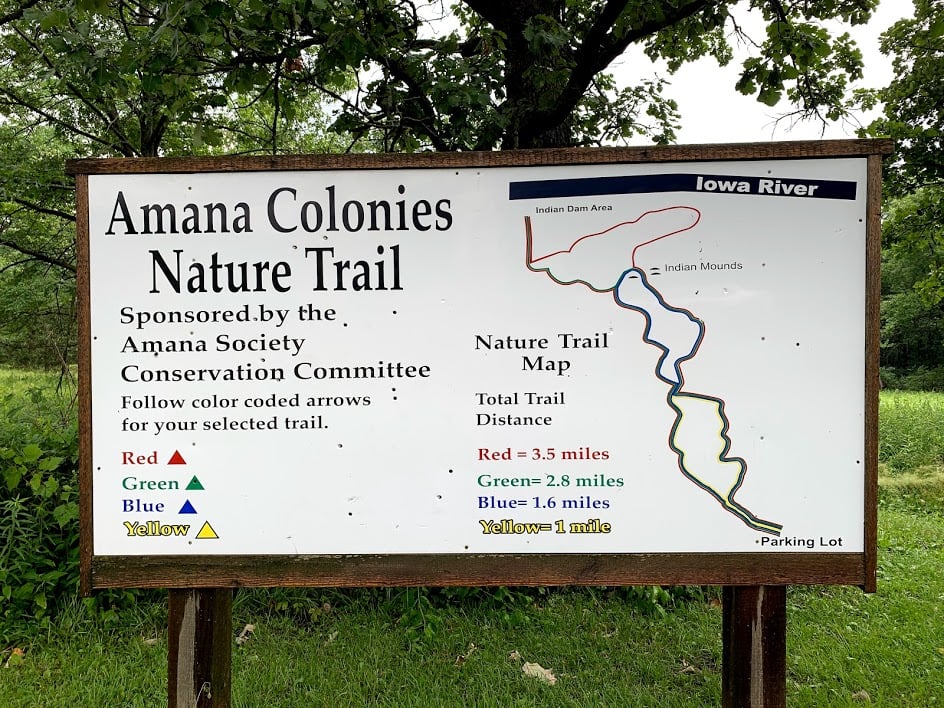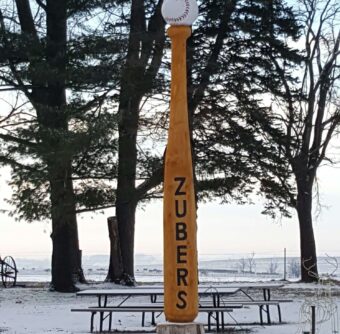Did you know that the Amana Colonies were settled on land originally belonging to the Mewskwaki indigenous peoples?
Iowa’s only federally recognized Indian tribe, the Sac & Fox Tribe of the Mississippi in Iowa, is known as the Meskwaki Nation, or the “People of the Red Earth.”
The interactions between the Amana Colonies residents and the Meskwaki don’t get discussed a lot. By the time the Amanas were settled in 1855, most of the Meskwaki peoples had already been forcibly relocated. However, we do know that when the indigenous peoples later petitioned the state of Iowa to buy back some of their land, the Amana Colonies residents helped them.
For the most part, the two groups co-existed peacefully and cooperatively. The Meskwaki canoed down the Iowa River to trade with the communal kitchens and to harvest lotuses at Lily Lake. Amana blankets were used as a part of Meskwaki burial ceremonies. Their interactions continued for about 70 years.
The relationship between the two groups is the focus of a unique play called Squatters on Red Earth, written by Iowan Mary Swander under the guidance of members of the Meskwaki Settlement. The play is touring this fall and winter.
The Meskwakis’ previous settlements and history of strong agricultural traditions have been the subject of much study in the area. In 2015 a large archaeological dig took place near South Amana. That area has one of the very few historical Meskwaki villages that have been archaeologically verified.
There are three Native American burial mounds quite close to Zuber’s where the Amana Nature Nature Trail winds through the forest. The Amana Colonies Convention and Visitor’s Bureau explains more on their page about The Great Outdoors.
The Meskwaki Settlement (note that it’s not a reservation) is located just under an hour away near Tama, Iowa. Learn more about the Meskwaki Nation. They have a cultural center and museum that welcomes visitors.




